Groundbreakers brings together artists who played with materiality, space, and performance in postwar Japan and Korea after the 1950s. Moving beyond the hand, some artists used unexpected parts of their bodies to make their marks: Shiraga painted with his feet and Matsutani used his mouth to create vinyl bubbles. By extension, their bodily performances became part of their art. The objects and paintings themselves are testaments to the ephemeral nature of their energetic performance.
Other artists of this period upended the implement of the brush by pouring directly onto the canvas or experimented further with materiality by using different mediums, such as tin. Proponents of three art movements—Mono-ha, Dansaekhwa, and Gutai—rigorously interrogated and explored artistic performances, playful use of materials, experimentations with new techniques, a commitment to direct gestures, and a reorientation of subject and object. Through it all, the very process and stages of presenting objects became as important as the final art form.
A common visual thread amongst these artists is a commitment to abstraction and minimalism. These art forms of painting, sound, and installation are meant to be participatory, expanding how the viewer interacts with works of art. Challenging traditional ideas of art, each object is a transformative site that discourages passive looking. In the case of Takamatsu’s Cube 6 + 3, which greets visitors at the entrance of the exhibition, the artist’s simple application of lines onto a three-dimensional cube alters our perception of space and depth.
Two contemporary artists, Tatsuo Miyajima and Do Ho Suh, are positioned as means to provoke a dialogue and conversation about the antecedents and legacy of performance art for contemporary artists and its twin accompaniment the viewer/participant.
This exhibition is presented in partnership with The University of Texas at Dallas, The Edith O’Donnell Institute of Art History, Dallas Museum of Art, and The Rachofsky Collection.


